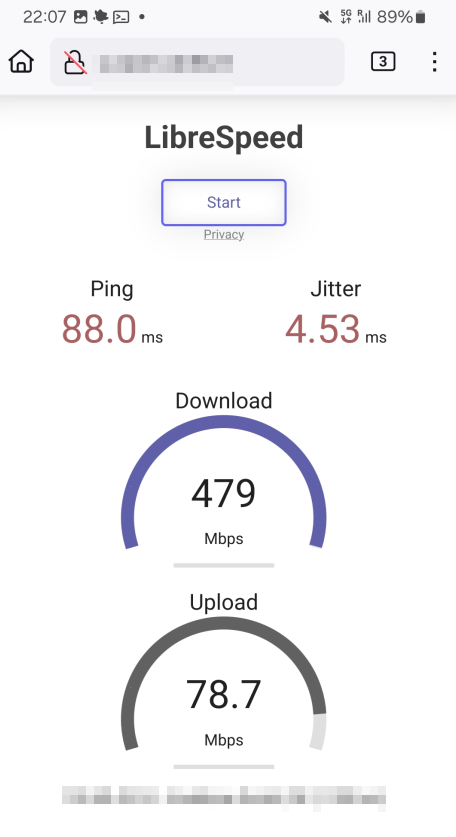When I was recently in London I was delighted to see that LTE/5G network coverage has finally come to first parts of the London tube. I didn’t have a lot of time or space to get my tracing equipment out, but I could nevertheless get a glimpse on some of the basic parameters on my mobile device.

It has taken a couple of decades, but fortunately the current deployment is state of the art and both the platforms and tunnels in between now have network coverage. Surprisingly, network coverage differs between tunnels and platforms.
Tunnels
Inside the tunnels, the network operator I was roaming with has deployed a 15 MHz LTE band 1 channel (2100 MHz) that aggregates a 10 MHz 5G channel in band 8 (900) MHz. I’m not sure if further LTE channels were aggregated. However, the combination of LTE band 1 and 5G NR band 8 is interesting. While LTE band 1 is nothing special, I have never seen 5G NR on band 8. Also, 10 MHz is not much. However band 8 is the ‘good old’ GSM 900 MHz band, and the network operator I used in the tube has 20 MHz of that spectrum. The remaining 10 MHz is probably used for GSM. So let’s assume an additional LTE band was aggregated in the tunnel, a total of 45 MHz from that operator was available, and I got downlink speeds in the evening at around 10 pm when the tube rather empty of around 30 to 40 Mbps. Unfortunately, the uplink speed escapes me for the moment. Another thing to take into account is that there are 3 more network operators that own spectrum and I assume they are present on the combined RF distribution system on the tube as well. In other words, quadruple the capacity.
Platforms
Whenever the train arrived at a platform, the RF situation changed significantly, as my device was handed over from NR band 8 to 2x NR channels in n78. One channel in band 8 was 50 MHz wide, while the other, with 40 MHz in between was 40 MHz wide. That’s discontiguous 5G NR carrier aggregation. Also a first for me! This perhaps seems to be a bit strange, but I had a look at the spectrum map for the UK and this operator. Here, it can clearly be seen that the operator has 50 MHz and 40 MHz of spectrum in band n78 and a gap of 40 MHz in between. This is also interesting because it’s the operator’s own spectrum, so it is also likely the others use their own spectrum. In other words, there is no common spectrum sharing at play. Unless of course, everybody uses the spectrum of that operator. That’s unlikely though. In addition to the 90 MHz of NR band n78, a further 20 MHz LTE carrier was added to the channel in band 7 (2600 MHz). I’d say that’s a substantial spectrum use and at 10 pm at night with few people on the platform, I got a throughput of almost 500 Mbps in the downlink direction and 80 Mbps in the uplink direction. And again, quadruple this value because there are 4 network operators with physical spectrum assignments in the the UK.
I’m not sure why tunnels and platforms are covered with different bands and hence different levels of overall capacity. I have several theories but that’s just wild speculation so I won’t discuss that here. On the platforms, there are usually a lot more people than in the tunnels in between, so I guess this disparity is quite ok. Also, I’d be quite interested in how well the network can handle the hundreds of handovers that happen almost simultaneously when a train drives into and out of a tunnel. Must be nice signalling spikes.